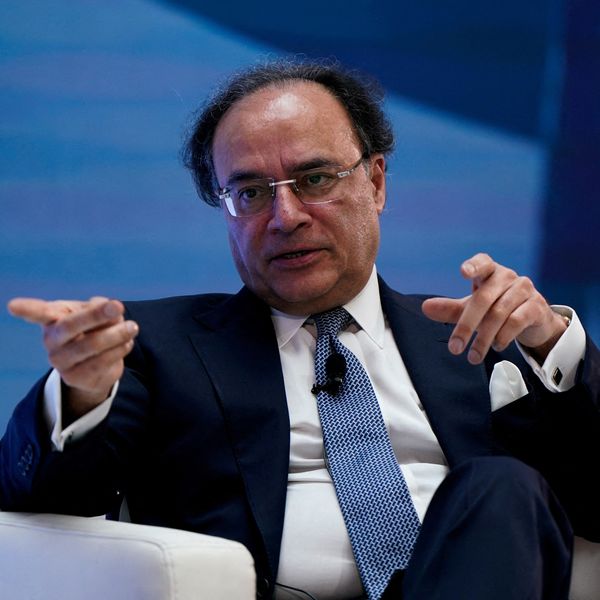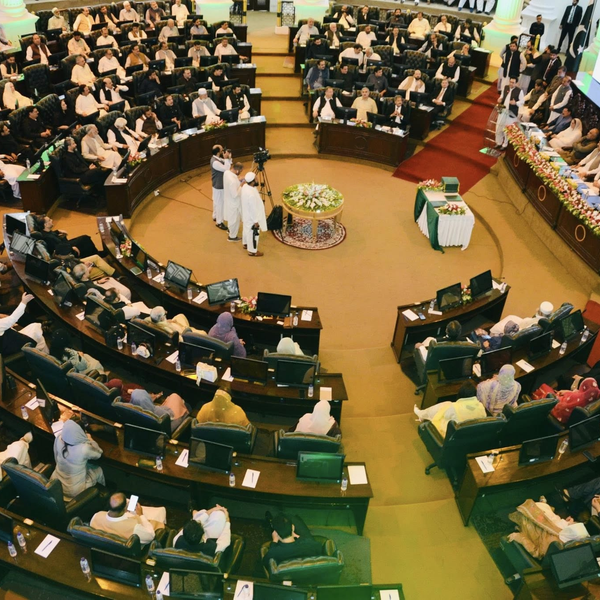Banking sector in Pakistan gains momentum on digital surge, remittance strength
With 89% of retail transactions now digital and remittances nearing $39 billion, banks are poised to sustain growth despite narrowing margins

Haris Zamir
Business Editor
Experience of almost 33 years where started the journey of financial journalism from Business Recorder in 1992. From 2006 onwards attached with Television Media worked at Sun Tv, Dawn Tv, Geo Tv and Dunya Tv. During the period also worked as a stringer for Bloomberg for seven years and Dow Jones for five years. Also wrote articles for several highly acclaimed periodicals like the Newsline, Pakistan Gulf Economist and Money Matters (The News publications)

Pakistan’s banking sector is expected to benefit from ongoing economic formalization, surging digital retail payments, and rising remittance inflows, which are collectively driving deposit growth and supporting asset expansion, according to a recent economic update.
Digital transactions continued their upward trajectory in the third quarter of fiscal year 2025 (3QFY25), with the number of retail digital payments rising 13% quarter-on-quarter (QoQ) to reach 2.1 billion.
The corresponding transaction value increased 11% QoQ to PKR 48 trillion.
Mobile app-based banking remained the key growth driver, accounting for 1.7 billion transactions, as the number of users rose to 22.6 million.
The share of digital transactions in total retail payments surged to 89%, reflecting growing public adoption amid the government’s continued push for a cashless economy.
Remittances bolster stability
Higher inflows of remittances through official channels are also playing a pivotal role in strengthening both the economy and the banking sector.
Remittances are projected to reach $39.1 billion in FY26, up from $38.3 billion in FY25. These inflows are expected to reduce currency in circulation as more funds are funneled into the documented financial system.
The report highlights that robust deposit mobilization—driven by digital adoption and rising remittances—is expected to outpace money supply (M2) growth in the medium term.
This will support asset base expansion and help offset pressures from narrowing net interest margins (NIMs), ensuring sustained banking sector profitability.
Policy outlook
The State Bank of Pakistan (SBP) is expected to maintain positive real interest rates in the range of 2-3%, well above the 20-year average of 33 basis points and the 10-year average of negative 21 basis points. Inflation is forecast to average 4.4% in FY26, anchored by modest increases in food and housing indices and subdued global commodity prices.
This inflation trajectory supports expectations for a single-digit policy rate in CY25, with rates projected to bottom at around 9.5%.
However, risks to the inflation outlook remain, including fiscal slippages, global energy price shocks, post-flood recovery costs, and broader climate-related threats.
GDP growth to rebound
Pakistan’s economic growth is projected to accelerate from 3.0% in FY25 to 4.2% in FY26, driven by structural reforms targeting agriculture, industrial revival, export enhancement, and digital expansion.
Over the medium term, GDP growth is forecast to average 3.6%, though recent floods pose a downside risk to this outlook.
Deposit growth to outpace money supply
Historically, deposits have outpaced money supply growth, with a five-year compound annual growth rate (CAGR) of 15.7% between CY20 and CY24, compared to 14.3% for M2.
As a result, the share of currency in circulation in total money supply has declined to 26.5% as of August, down from 30.8% in August 2022.
Deposit growth is projected at 14.3% in CY25E, 15.1% in CY26E, and 14.1% in CY27E, compared to anticipated M2 growth of 15.8%, 14.4%, and 13.4% respectively.
The expansion in deposits is expected to continue, supported by the removal of advance-to-deposit ratio (ADR)-based taxation, further digital payment integration, and greater remittance inflows through formal channels.
However, some momentum may be tempered in the near term by new tax measures, including a rise in the tax on profit from debt to 20% from 15%, and an increase in withholding tax on cash withdrawals by non-filers to 0.8%.
The combination of accelerating digital transactions, increasing remittances, and a stable policy environment positions Pakistan’s banking sector for sustained growth.
Analysts expect asset base expansion to continue outpacing margin compression, driven by improvements in deposit mobilization and the country’s gradual shift toward a more documented and digitally integrated economy.










Comments
See what people are discussing